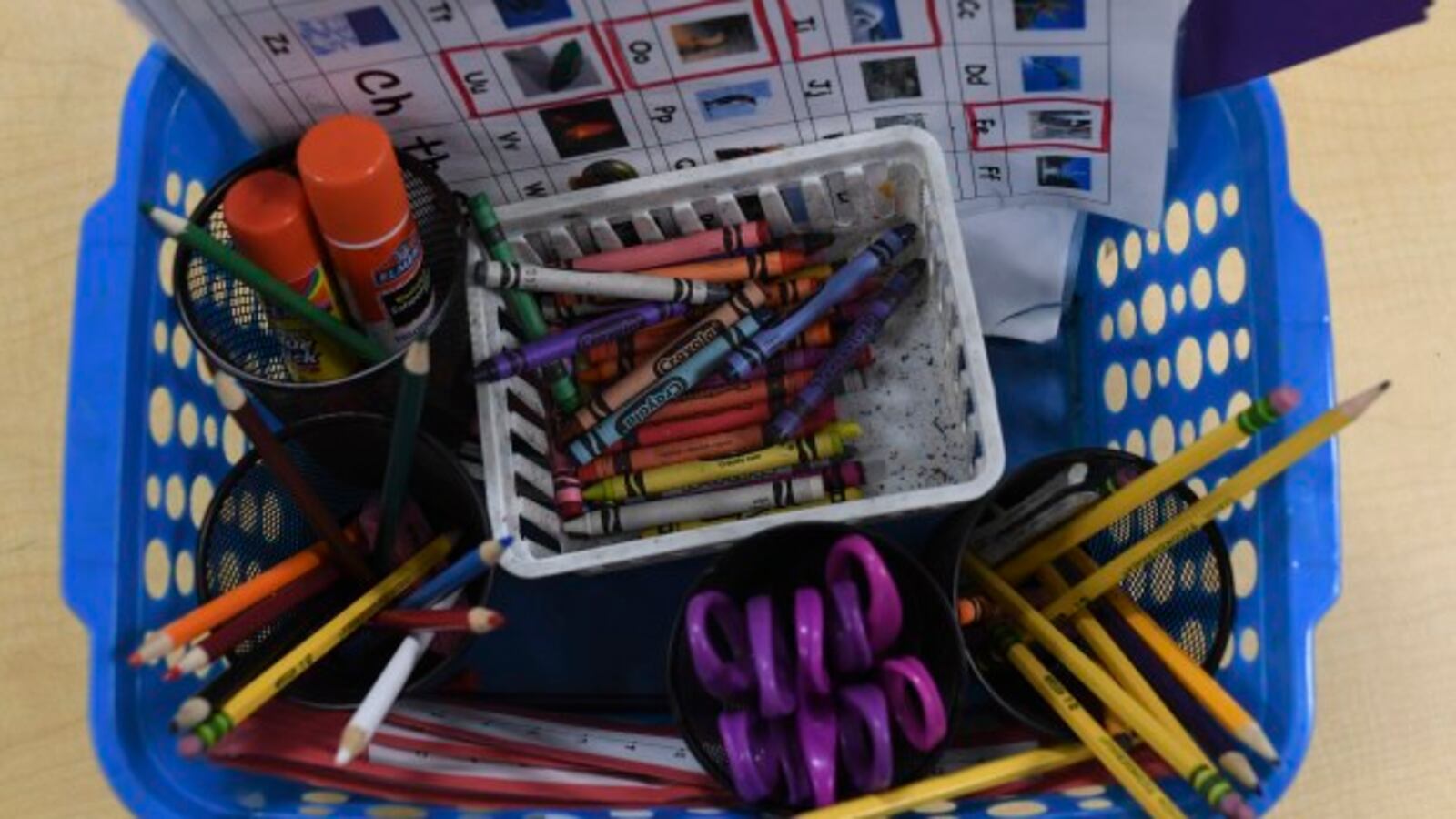Attention, New York City parents: The deadline to apply to kindergarten has been extended to Jan. 26, education department officials announced Tuesday.
New York City public schools require all children to attend kindergarten the year they turn 5.
That means that all children born in 2015 will receive a kindergarten spot for September 2020, but families must apply nonetheless, ranking up to 12 programs on the education department’s application. The deadline is now 11:59 p.m. on Sunday.
Offers are typically sent in March.
There’s a separate application for charter schools, which is due Apr. 1. There is also a separate application — and required test — for gifted and talented programs. The deadline for the admissions test has already passed. Parents hoping for a seat in a gifted program should still submit an application for a non-G&T program, in case their child doesn’t get an offer.
Here’s what you need to know:
Families must apply for kindergarten, but many fail to do so.
Typically more than 60,000 children apply for seats through a process that can often feel complicated and time-consuming. Recent research has found that more than a quarter of families don’t manage to submit applications.
The numbers are even higher for disadvantaged groups who might have particular difficulty navigating the system: About 39% of families experiencing homelessness didn’t submit an application. For students learning English as a new language, it was 35%.
“Findings that student characteristics such as English language proficiency and housing status are associated with the application gap are consistent with past research on school choice, which has shown that families with less access to information face additional challenges in the school-selection process,” notes the study by MDRC, a nonprofit research organization that has partnered with the city to explore the issue.
Those who don’t apply can log into the city’s online portal, MySchools, or visit a Family Welcome Center to be added to waitlists or find a school with an opening.
Most children go to their “zoned” school, but some might get shut out of these schools and be put on waitlists.
The vast majority of New Yorkers live within boundaries that are zoned for particular elementary schools, where they are supposed to be guaranteed to get a seat.
Even when you live within a school zone, the education department admits students based on certain levels of priority. A child who lives in a school’s zone and has a sibling already attending that school gets top priority, for example, followed by a child who lives in the zone without a sibling in the school. Someone who lives in a different borough would have lowest priority.
Because of overcrowding, nearly 230 children were placed on a waiting list at 29 zoned schools last year, which was down from previous years.
Three districts have no zoned schools and are instead have lottery-based admissions: the Lower East Side’s District 1, the South Bronx’s District 7 and Brownsville’s District 23. Having school choice should mean that families have an equal shot at almost any elementary school in the area, but many parents say the system still favors those who know how to navigate the system and have the time and wherewithal to research and visit schools.
Last year, 69% of families received an offer from their first-choice school, and 83% got one of their top three choices.
All students are placed on waitlists of the schools ranked higher than their offer school, meaning if you get into your third choice, you remain on the waitlist for your first two picks.
But families have options, and many choose to take advantage of those options.
The education department advises only listing schools that parents would really want their child to attend. Many look beyond their neighborhood to find the right fit. Research from the Center for New York City Affairs has found that 40% of kindergarteners don’t attend their local school, opting instead for magnet schools, dual language programs, charters, or other offerings.
Those numbers vary greatly, however, based on where families live and their race. For example, black students and those living in gentrifying neighborhoods were the most likely to travel beyond their zoned option.
Some schools have admissions policies aimed at encouraging integration.
Though New York City is known for its diversity, schools here are among the most segregated in the country. Some school communities are trying to tackle that thorny issue. Nearly 20 schools, along with all of the elementary schools in District 1, have admissions policies aimed at enrolling a diverse class of kindergarteners.
Since court decisions have limited how school systems can explicitly use race in integration efforts, schools here weigh other factors in admissions decisions to try to enroll a more racially, economically, and academically diverse group of students. In some cases certain students have priority for a certain percentage of available seats. In others, those students will be admitted only after all zoned kindergarteners are admitted.
For example, at Harlem’s P.S. 125, students who are learning English as a new language or come from low-income families receive priority for 60% of open seats. At Washington Height’s Castle Bridge School, students with an incarcerated parent receive priority for 10% of seats. Other schools consider whether a student live in temporary housing, or whether he or she is involved in the child welfare system.


